Calosoma (Callistenia) discors LeConte, 1857
Calosoma discors LeConte, 1857: 31 (described from Sacramento, San Francisco); syntype(s) in Museum of Comparative Zoology, Harvard University, Cambridge, Ma. (https://mczbase.mcz.harvard.edu/)
Calosoma dietzii Schaeffer, 1904: 197 (described from California, Tulare co.) type material (2♂♂ 2♀♀) in coll. Dietz, present location unknown (Bousquet, 2012: 245)
Callisthenes discors inversus Casey, 1913: 67 (type locality: San Francisco); holotype ♀ by monotypy in National Museum of Natural History, Washington (https://collections.nmnh.si.edu/)
Callisthenes gravidulus Casey, 1913: 68 (type locality: Sequoia National Park); holotype ♂ by monotypy in National Museum of Natural History, Washington (https://collections.nmnh.si.edu/)
Calosoma irregulare Schaeffer, 1915: 235 (nec Walker, 1866) (type locality: California, Castella); holotype ♂ in National Museum of Natural History, Washington (Erwin & House, 1978: 235)
Calosoma (Callisthenes) discors Breuning, 1928: 79
Calosoma (Callisthenes) discors schaefferi Breuning, 1928: 79 (nomen novum pro irregulare Schaeffer)
Calosoma (Callisthenes) discors dietzi Breuning, 1928: 79
Callisthenes (Callistenia) discors Lapouge, 1931: 378
Callisthenes (Callistenia) discors dietzi Lapouge, 1931: 378
Callisthenes (Callistenia) discors irregularis Lapouge, 1931: 378
Microcallisthenes (Callistenia) discors Jeannel, 1940: 173
Callistenia striatius Hatch, 1953: 54 (type locality: Oregon, Eugene); holotype ♂ in National Museum of Natural History, Washington (https://collections.nmnh.si.edu/)
Callisthenes (Microcallisthenes) dietzi Gidaspow, 1959: 307
Callisthenes (Microcallisthenes) discors Gidaspow, 1959: 308
Callisthenes (Microcallisthenes) schaefferi Gidaspow, 1959: 309
Callisthenes (Microcallisthenes) placerus Gidaspow ,1959: 309 (type locality: California, Placer co., Forest Hill); holotype ♂ in California Academy of Sciences San Francisco (ex coll. Van Dyke) (http://researcharchive.calacademy.org/)
Callisthenes (Microcallisthenes) striatius Gidaspow, 1959: 314
Callisthenes (Callistenia) dietzi Erwin, 2007: 76
Callisthenes (Callistenia) discors Erwin, 2007: 77
Callisthenes (Callistenia) placerus Erwin, 2007: 80
Callisthenes (Callistenia) schaefferi Erwin, 2007: 81
Length 13-23 mm. The pronotum of C. discors is strongly transverse and deeply punctate, with evenly rounded sides and hind angles widely obtuse and only slightly protruding. But the main character that easily identifies C. discors are the punctate striae and the rows of additional punctures on the intervals, that are raised, but not convex. Sometimes these punctures that exist on the intervals are joined by depressions parallel to the striae, giving the impression of a doubling of these or become very large up to the entire width of the intervals, which appear loose in a series of large granules. In some other cases the whole sculpture is weaker or confused and less detectable. This variability gave rise to the description of many forms, variously interpreted by the authors
Of these forms, Gidaspow (1959) had reassessed as good species, within her genus Callisthenes, subgenus Microcallisthenes, the followings: schaefferi, dietzi and striatius.
In the case of Callisthenes (Microcallisthenes) schaefferi the the general shape of the body is the same than discors but the design pattern of elytra is different because the intervals are convex and narrower so that the punctures interrupt them giving an appearance as series of short chain-like elevations; according to Gidaspow (1959: fig. 162) also the shape of the penis would be slighthly more elongated than in the typical form. As for Callisthenes (Microcallisthenes) dietzii, it has a less strong sculpture on the whole upper body, in particular the intervals of elytra are poorly punctuated and weakly raised.
Both were regarded by Breuning (1927) as subspecies but were placed in synonymy by Jeannel (1940:173).
As regards Callisthenes (Microcallisthenes) striatius (Hatch, 1953: 54), the author had highlighted the similarities with luxatum, and Gidaspov (1959: 314) had doubted whether striatius could be a simple form of this species, but Erwin (2007: 81), which had the opportunity to compare the type of striatius with that of irregulare (= schaefferi), stated that they are the same thing.
Gidaspow (1959) also described a further species Callisthenes (Microcallisthenes) placerus which is characterized by very large irregular punctures on the intervals, up to their entire width; the intervals are crossed by numerous wrinkles and creases, particularly so on the rear part of the elytron.
schaefferi, dietzi and placerus have common many characteristics and do not differ significantly from C. discors, as their general shape, especially the form of pronotum and its basal angles. They mainly differ in the model of the sculpture of the elytra, but this is a very variable character also inside a same population, and they come together in the same distribution area of the typical one, in California. It must be said that, according to the data of Gidaspow, they would be found in distinct places, quite narrow, but they possibly overlap also there with the other forms.
Therefore, we think that it is preferable for the moment accept the view of Jeannel, avoiding to use further distinctions within the specific complex of discors
With this premise, the various entities that we consider related to discors are found in the western slope of the Sierra Nevada in California, as confirmed by the data reported by Gidaspow, in addition to an old quote from Washington state (Burgess & Collins, 1917), and in addition to West Oregon, as striatius has to be included in this complex of entities as a synonym for schaefferi (Erwin, 2007: 81).
Examined specimens and literature’s data
United States. California: Riveston Co. (SB); San Francisco Co., Sonora Co. (Glan Ellen) (Breuning 1928b: 80,); Calaveras Co., Eldorado Co., Santa Cruz Co., Madera Co. (Gidaspow 1959: 308); Santa Cruz Co., Shasta Co. (Castella) (Breuning 1928b: 81, sub schaefferi), Humboldt Co., Siskiyou Co., Trinity Co., (Gidaspow 1959: 309, sub schaefferi); San Bernardino Co. (sub schaefferi) (www.inaturalist.org/); Placer Co., Santa Cruz Co., Amador Co., San Diego Co. (Gidaspow 1959: 310, sub placerus), Tulare Co., Sequoia National Park, Tule river (Breuning 1928b: 81, sub dietzi), Kern Co. (www.gbif.org, sub dietzi), Los Angeles County, Glenn County, Toulumne County (www.inaturalist.org/)
Notes: Brachypterous. It is found from lowland to mountains from 100 to 2700m altitude, on dry grassland, savannah and mountain meadows. Adult are active from March to July (Erwin, 2007: 81).
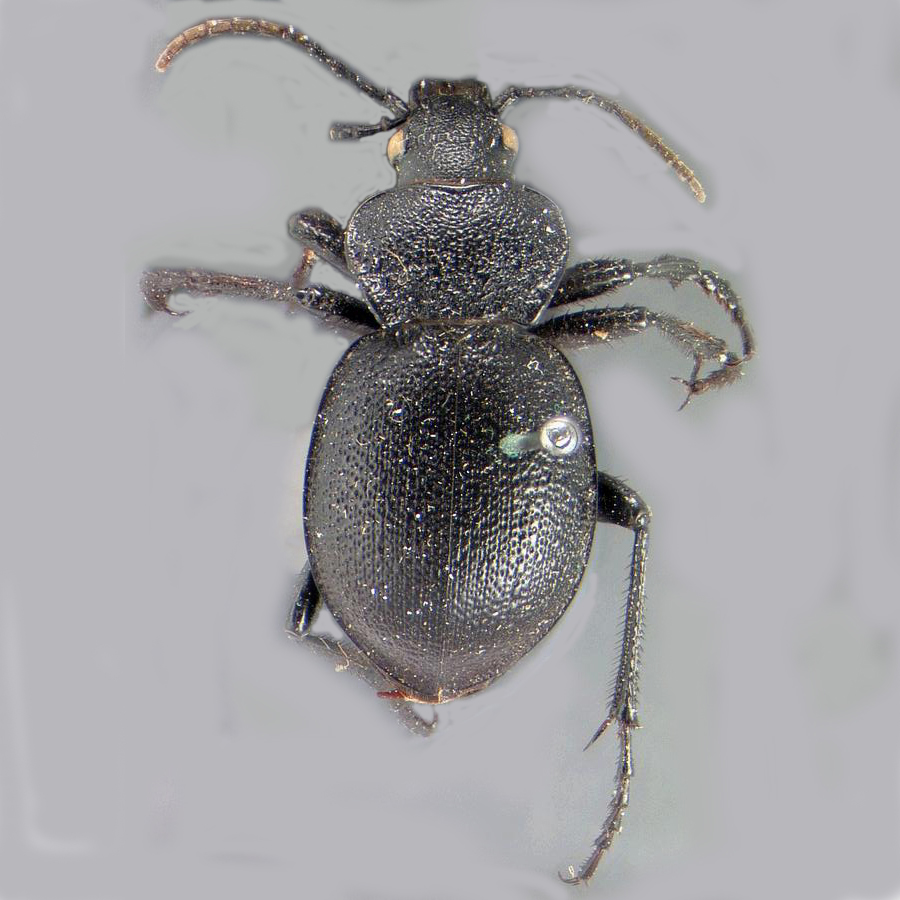 LeConte, 1857 Sac(ramento) S. Fr(ancisco) (Typus) (coll. and photo: Museum of Comparative Zoology, Harvard University, Cambridge, Massachusetts, USA) |
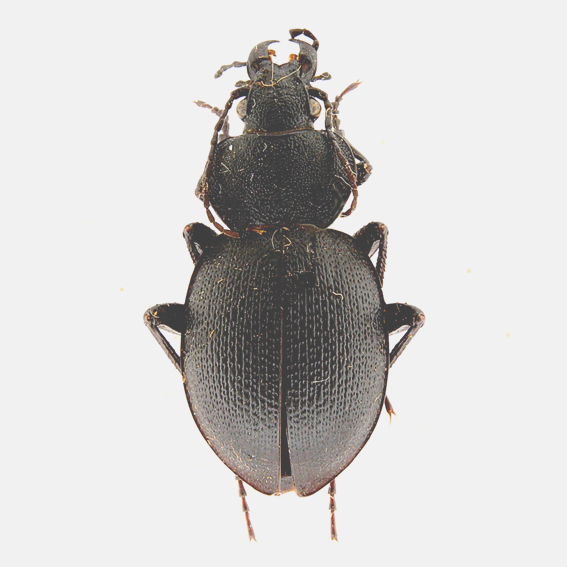 LeConte, 1857 United States: California, Riveston 4. III |
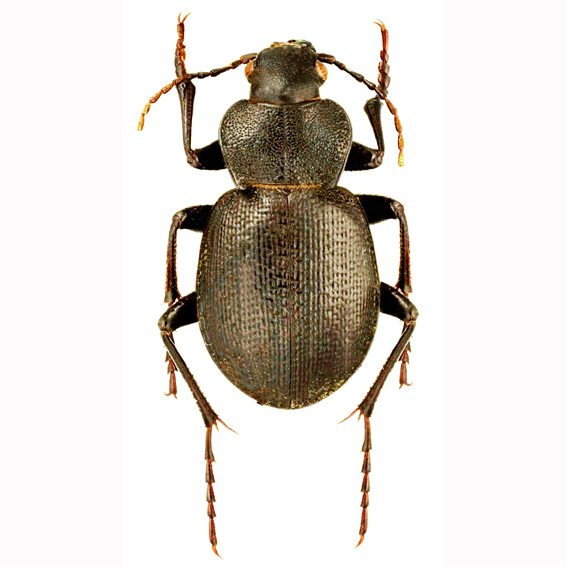 (photo: Mackenzie Flight) most probably a form related to Calosoma (Callistenia) discors LeConte, 1857 |
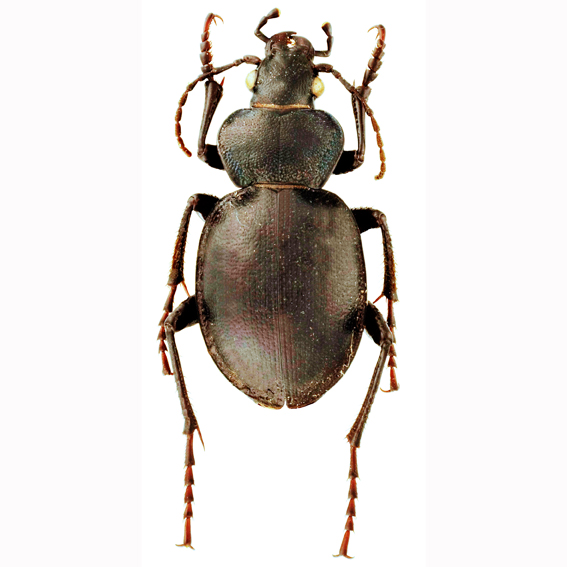 (photo: Mackenzie Flight) most probably a forms related to Calosoma (Callistenia) discors LeConte, 1857 |
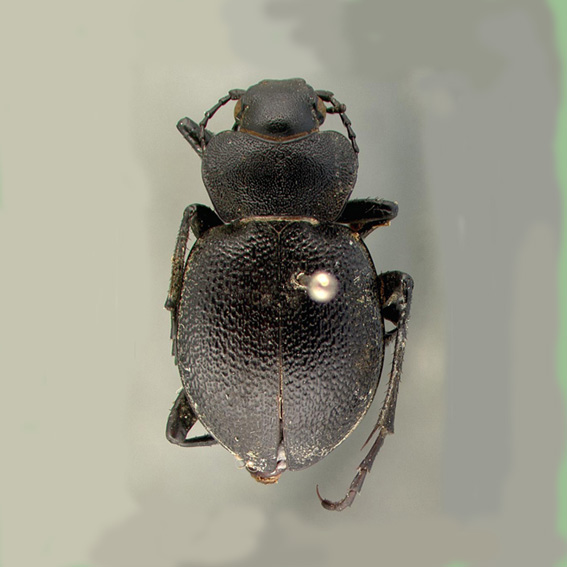 Gidaspow 1959 California, Placer co., Forest Hill V.1898, coll. Van Dyke, (Typus) (coll. and photo: California Academy of Sciences, San Francisco) most probably a form related to Calosoma (Callistenia) discors LeConte, 1857 |